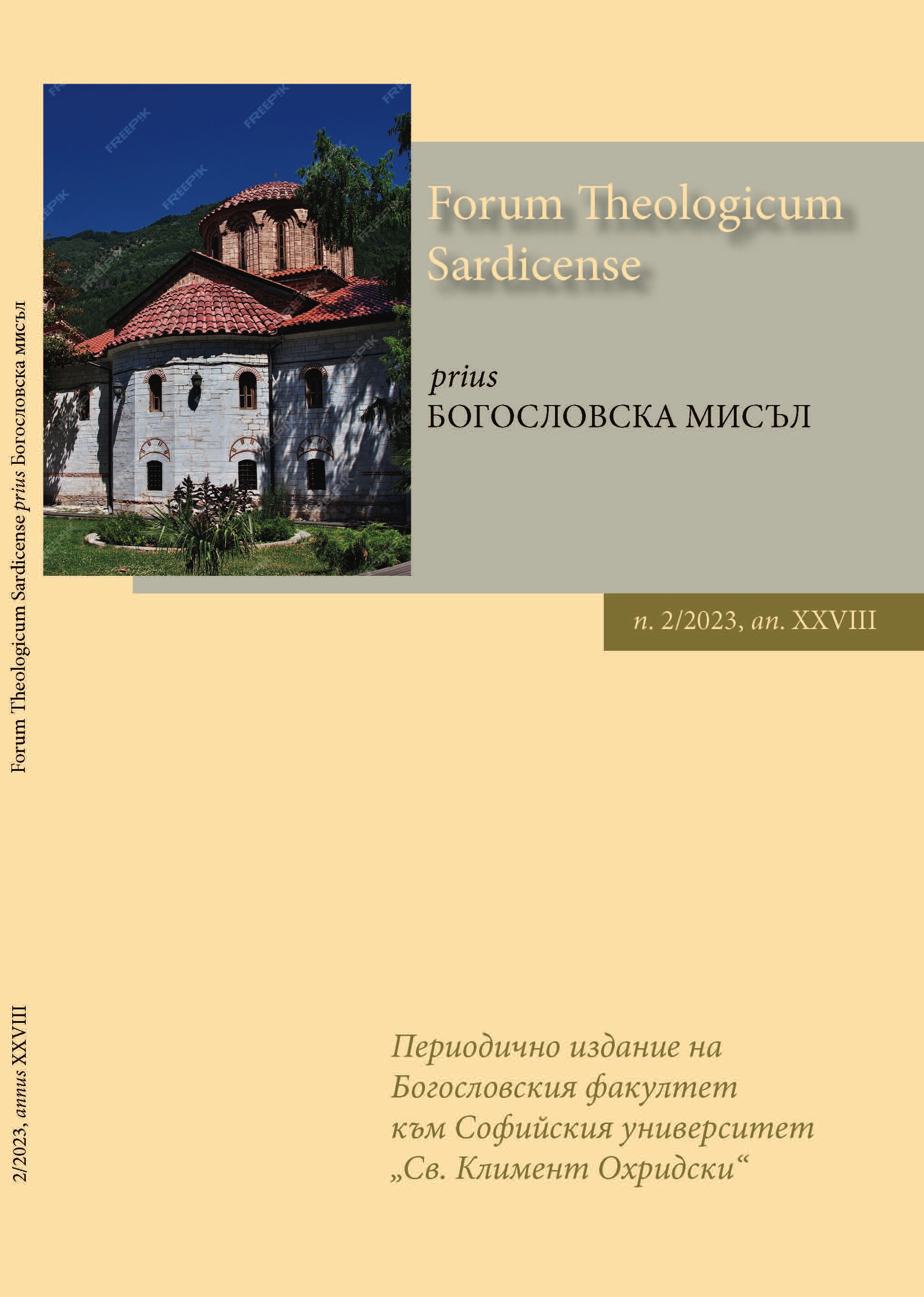The Massalians and the Orthodox ascetic practices in the East in the 4th – 5th centuries
DOI:
https://doi.org/10.60061/fths.2023.2.137-172Keywords:
Asceticism, Massalians, Church History, Heresy, Basil of Cesarea, Patristics, Monasticism, Orthodox TheologyAbstract
With the Edict of Milan in 313 AD and the end of the institutionalized persecution of Christianity, a new stage in history began. However, this newfound political freedom presented new challenges for Christians, one of which was the decline in moral standards. In response to this, the ascetic movement emerged. This spontaneous movement, which initially began in Egypt and quickly spread throughout the Roman Empire, carried a positive message: by emulating Christ, individuals could overcome the physical constraints of nature and, by the grace of God, achieve divinization. However, ascetism also had its darker side. Among the ascetics, extreme positions contrary to Christian teaching and the Church arose, such as the denial of marriage, refusal of physical labor, disdain for church sacraments, and rejection of church hierarchy. The emergence of the Massalian heresy must be considered within this context. The article explores the earliest information about the Massalian heresy from the late 4th century, provided by St. Ephrem the Syrian, St. Epiphanius of Salamis, and Blessed Theodoret of Cyrus. It shows that Massalianism cannot be regarded as a distinct sect separate from the Church. The main doctrinal features of the heresy, which persist even today, are more accurately seen as a historical phenomenon resulting from Synod of Antioch at the end of the 4th century, led by Bishop Flavian of Antioch. To understand Massalianism, it must be considered in the broader context of the Church’s struggle against ascetic extremes. In this regard, the article examines the Council of Gangra and the role of Eustathius of Sebaste and his circle. The article also discusses the works of St. Gregory of Nyssa, particularly “On Virginity,” and Blessed Augustine’s “On the Works of Monks.” It demonstrates that Massalianism is essentially a Syrian manifestation of a broader phenomenon within the Church. In conclusion, the article argues that the ascetic works of St. Basil the Great should be viewed as an attempt by the great Cappadocian Father to integrate the ascetic movement within the framework of the Church.
Downloads
Published
Issue
Section
License
Copyright (c) 2023 Kalin Angelov

This work is licensed under a Creative Commons Attribution-NonCommercial 4.0 International License.


